AO Edited
Giants of St. Dunstan-in-the-West
A pair of club-wielding guardians stand watch over London's first public clock to feature a minute hand.
Two giants stand behind the clock outside St. Dunstan-in-the-West. They watch over one of the two timepieces on the façade of the Fleet Street church, believed to be the first public clock in London to include a minute hand.
St. Dunstan-in-the-West has occupied a space on Fleet Street since the medieval era. The clock and its giants were a later addition, installed on the front of the church in 1671. It sticks out from the front of the church and features faces on both sides, so passers-by could see the time from either direction. In an alcove behind the clock stand two giants holding clubs and dressed in gilded animal skins. The figures are automata, equipped with mechanisms that allow their heads to turn and their arms to move, striking bells to mark the hour and quarter-hour.
Some say that the giants represent Gog and Magog, a pair of legendary figures seen as traditional protectors of London. (A set of mechanical Gog and Magog figures guard another ornate clock in Melbourne, Australia.) St. Dunstan was a medieval bishop who was very popular due to defeating the devil by pinching his nose and nailing a horseshoe to his hoof, preventing him from entering a place where a horseshoe was displayed. Thus the horseshoe became a symbol of good luck.
In the early 19th century, St. Dunstan-in-the-West’s original structure was demolished to make space for Fleet Street to be widened. Before the building came down, the 17th-century clock was carefully removed from its façade and stored in a mansion in Regent’s Park. A new church was built, and the timepiece and its guardian giants were reinstated.
Though the church was hit by German bombs during the London Blitz, the damage was relatively minor compared to that suffered by St. Dunstan-in-the-East down the road.
The automatons and bells remain in place today, and can be easily seen from the street.
Know Before You Go
The clock is on the right hand side of St. Dunstan-in-the-West church.
Look out for the well-preserved advertising mosaic on the building next door.

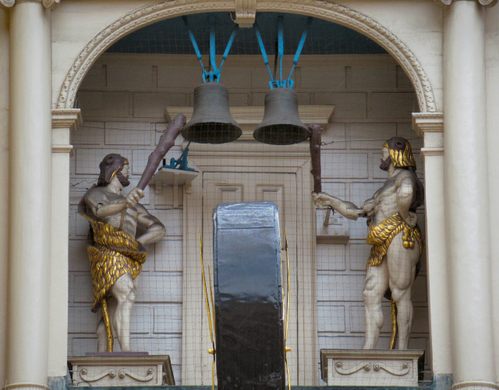






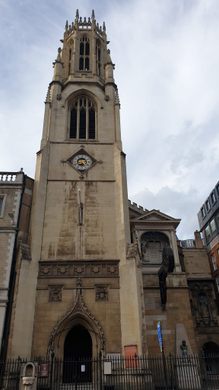
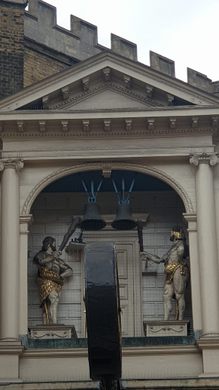





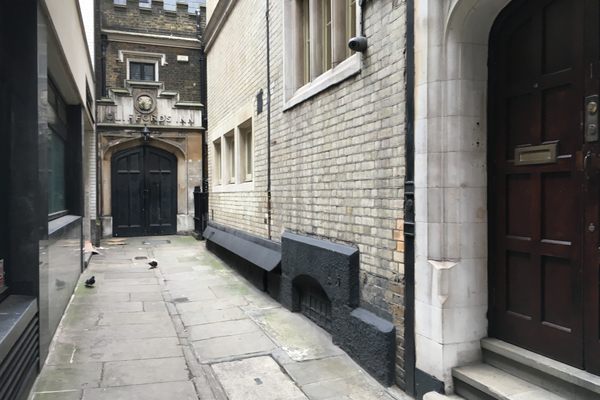
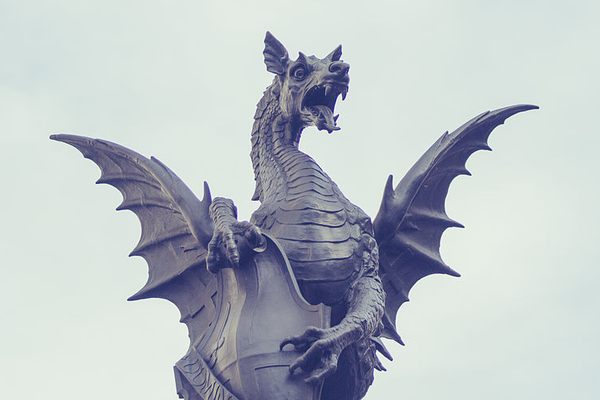



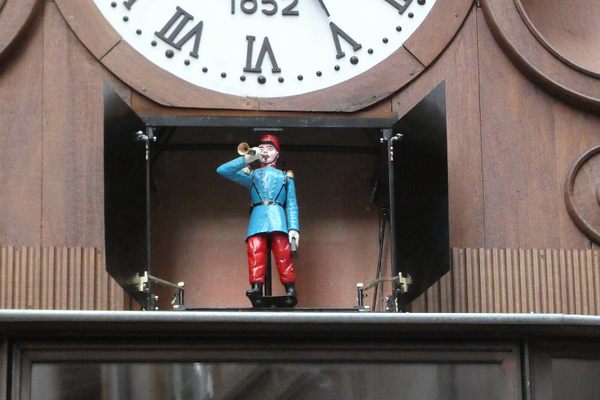
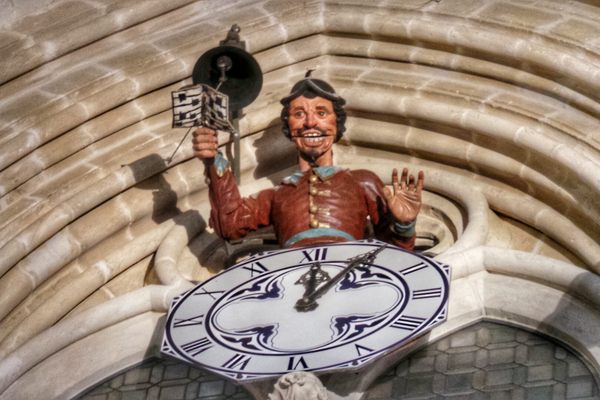



Follow us on Twitter to get the latest on the world's hidden wonders.
Like us on Facebook to get the latest on the world's hidden wonders.
Follow us on Twitter Like us on Facebook